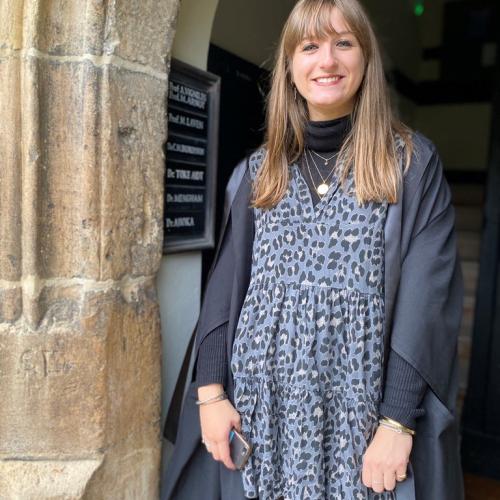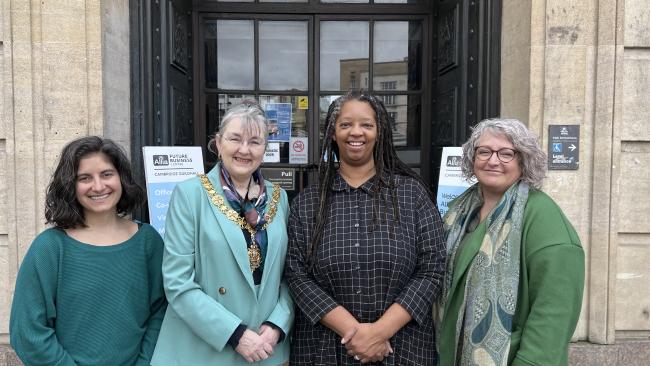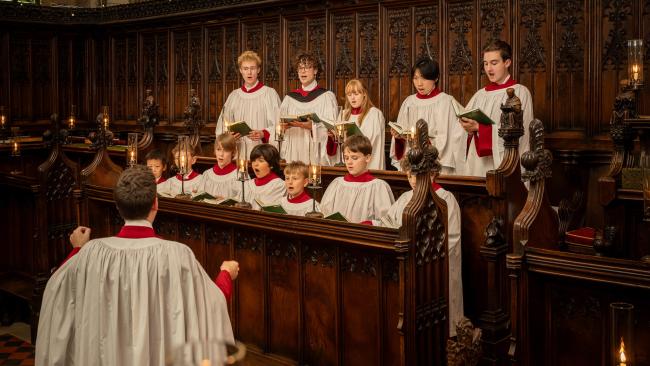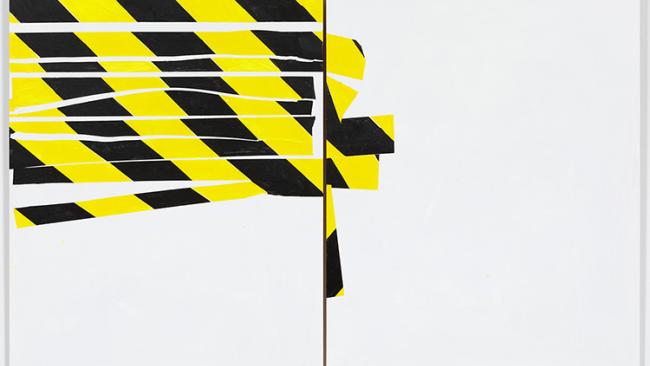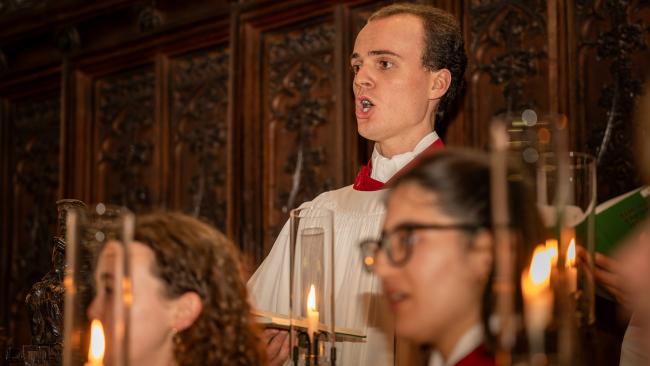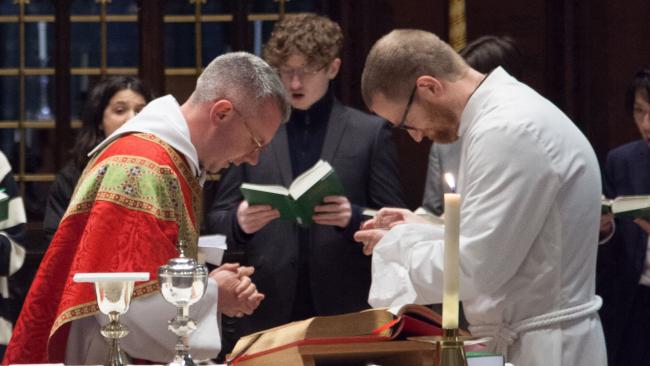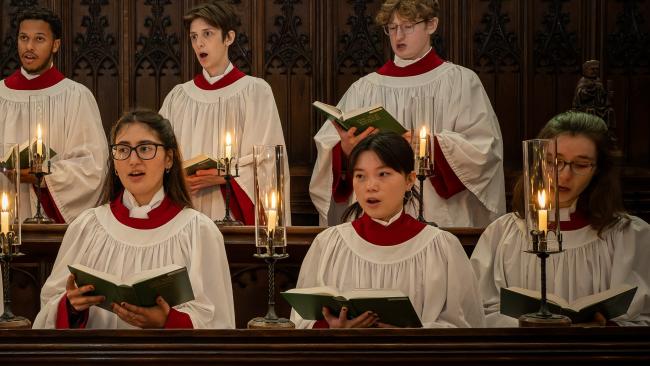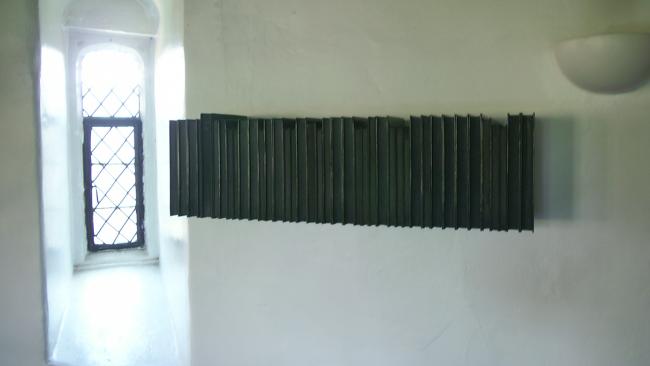
Rachel Whiteread
Work exhibited: False Door, Black Books.
Rachel Whiteread’s False Door (1990) encapsulates the aims and methods of her famous casting technique. Its blankness and solidity deny all access to the personal history and the social relations that once existed behind its original.
The viewer is forced to approach the façade from behind, as if from the very space into which it seems to offer entry, while the oblique glimpse which the artist allows at surface details has the effect of sealing off completely the missing interior. The impermeability of this entry and exit point renders the history of the house it guards inaccessible to all but its former inhabitants.
Like Whiteread’s House (1993–4) – a full scale casting of the building at 193 Grove Road, Bow, London – False Door hermeticises a private space in the context of a public display. House was remarkably disturbing because it argued for the necessity of burying the familiar and the familial, of entombing the psychic forces unique to this standard housing unit.
Viewed from the outside, the purpose of a door is to open; from the inside, its meaning is the opposite. Whiteread extends this conundrum to the examination of the closed book. The function of the individual book is to be read, but a shelf of books is always sculptural.
The choice and arrangement of individual titles, shapes and sizes, reveal certain things about the individual, conceal others. As furnishings, books are meant to be read as representations of their owners. Black Books withholds all the information from which such a profile could be assembled, emphasising instead how the shelving of books can be used to reverse the process of identification.
A crucial part of the significance of House arose from its demolition, which triggered a crisis of interpretation. Control over the possible meanings of the artwork was contested by art critics, politicians and tabloid journalists, but not by the artist herself. Local residents were divided into those who wished to preserve the project and those who wished to destroy it, often for identical reasons: it was felt that the terrace of which it had once formed a part epitomised a model of communal living that was now disappearing, and that House either commemorated this, or repudiated it.
The subject of Whiteread’s screenprint series Demolished is not terraced housing but a group of tower blocks; nevertheless, a similar issue of commemoration arises, producing rival claims about what is being destroyed: a distinctive, unified culture, or one that has always been incoherent. Paradoxically, a competition of meanings is the inevitable outcome of Whiteread’s formal resistance to interpretation. The brilliance of her work inheres in the total inaccessibility of some of the more intriguing aspects of its content.
